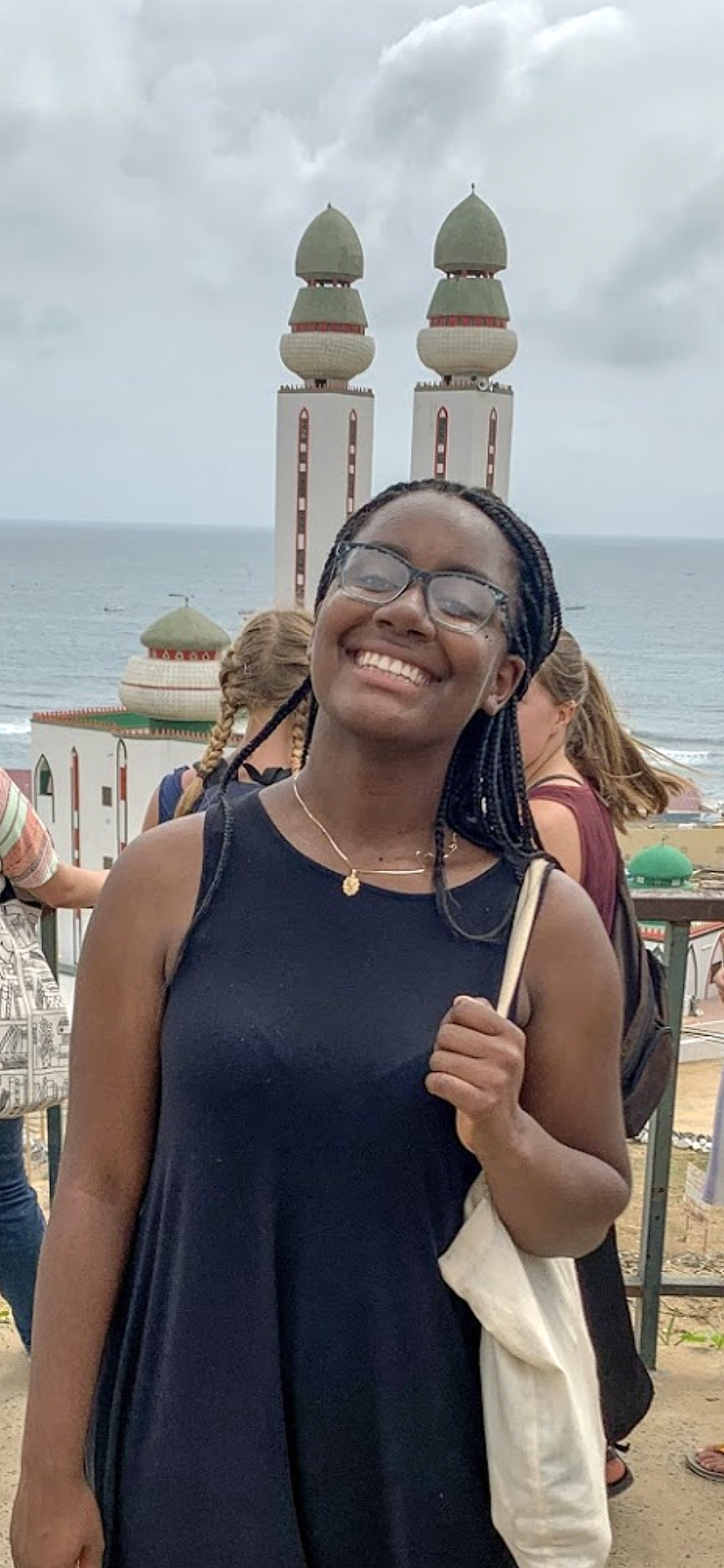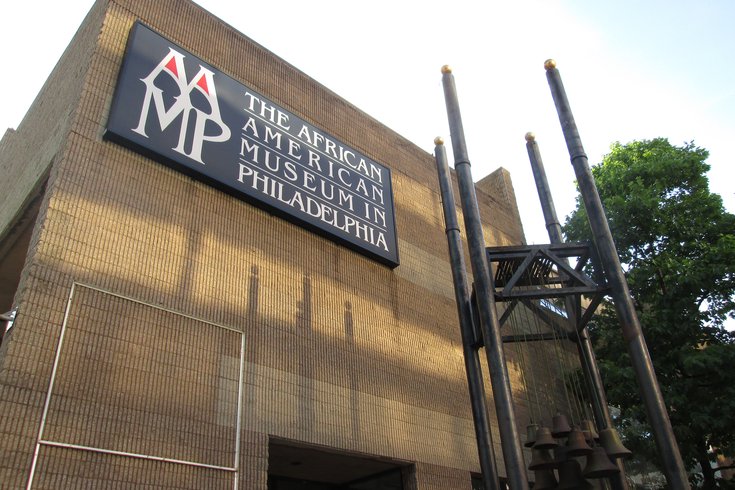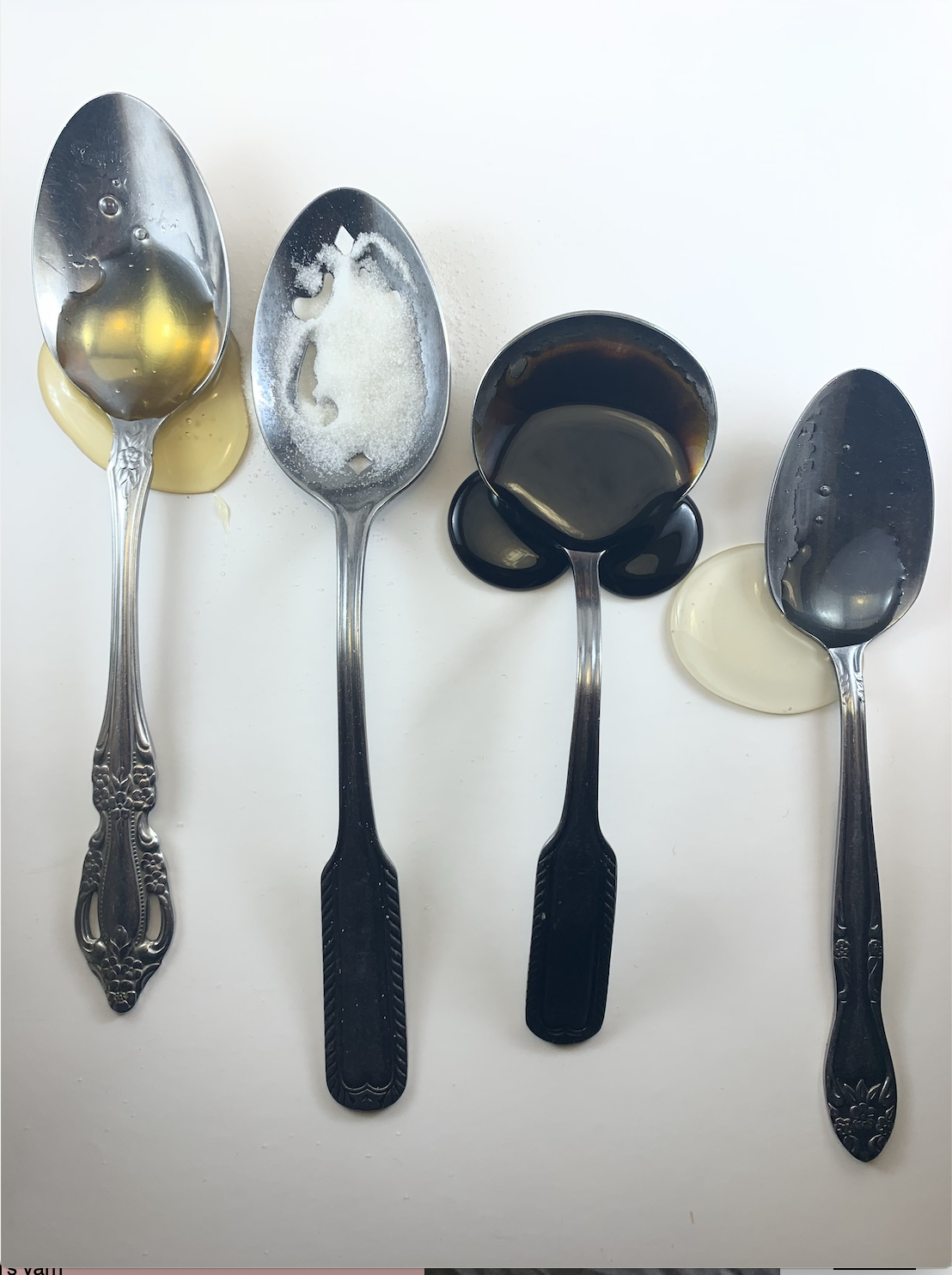Senior Nakeeya Garland of Oakland, California, first began to make an impression on Grace Sanders Johnson, assistant professor of Africana studies, in Garland’s freshman year. At the time Garland was prioritizing practicality. “I am from a low-income family, so I’ve been searching for something that was going to make me money!” she says. “But it was really in Africana Studies that I’ve flourished. This summer really showed me that it is possible for me to do what I want to do, but also have the life that I want.”
Garland began interning with the African American Museum of Philadelphia (AAMP) in June, focusing on audience engagement with the motif of Black joy and resistance. She was coming off a challenging academic year, navigating both personal grief and the pandemic. Both of her parents died during her junior year.
Deciding to “explore and let my curiosity guide me,” Garland gravitated towards Philadelphia’s Black ballroom scene. “I found a film called ‘Legendary’ on The Philadelphia Inquirer’s website,” she says. The people filmed “were using words like joy and resistance. Especially with the murders of black trans women, I was really interested in using that as my foundation.”
The 20-minute film showcases the history of Black ballroom in Philadelphia, following the lineage of the “houses,” or competing schools, as well as iconic performers. Through the film, Garland experienced the ballroom performers’ pride, magnetic skill, finessed movements, and carefully choreographed dance. In one interview, Madelyn “Aamina” Morrison says, “Vogue is a unique expression of queer bodies and queer movement, but more importantly, it is a unique expression of Black thought and Black resistance. Vogue is joy. Vogue is freedom. Vogue is life.”
Garland was drawn to this idea of joy as resistance and began to think through that concept for the AAMP, where her summer work included virtual event planning. She focused on ways to help audiences feel truly engaged, coordinating an event on grief and an open mic night with formerly incarcerated women. Now, Garland is working on an October event with a film showing, a panel discussion with the Philadelphia ballroom community, and a voguing workshop.
“I didn’t want people just to sit and talk about joy but also be able to experience it through art,” Garland says. “You don’t know what’s going on in people’s households, but everybody has a body, even though we may all engage with ours differently. So, I was looking at different dance forms and how that could be integrated.”
Garland says museums create an intersection between scholarship and community, which is vital during an epoch that will be studied by future generations. “They create spaces for people to talk in ways that they haven’t before,” she says, “but it’s important to get the youth involved in that, important for the youth to find their own outlet to commemorate this period in time.”
Garland is also thinking about how she wants to commemorate this period for herself. “With the pandemic, I felt like I needed to take time to figure out what my resistance should look like,” she says. “I definitely think that being an Africana studies major, some of my writings are my form of resistance.”
Garland took two Africana studies classes with Sanders Johnson last fall: Madames, Mistresses, and Mother Superior and Modalities of Black Freedom and Escape. As part of the former, Garland did a final project in photography to examine constructions of womanhood. During COVID-19 lockdown this spring, she was inspired to think about the house/field slave dichotomy and the proximity to danger within enclosed walls. Using household objects, Garland illustrated confinement and “the assumed role of women within the household,” she says.
“I’m trying to get in touch with my more creative side. I have lost some people close to me, so I’m really trying to spend time processing that. But if I make something, maybe it will be easier to have something that represents this time that’s uniquely mine,” Garland says.
Separating grief and joy to opposite ends of a spectrum can be a false paradigm, especially in Africana studies, Sanders Johnson says. “That genealogy of thinking is circular, not linear, so your loss and joy are on the same plane,” she says. Joy is “not a way to erase grief, rather the two are interwoven, producing new knowledge and understanding,” she says.
Joy and resistance have always existed, especially for Black people, says Garland. “There’s always been times of struggle and beautiful things that comes out of it, whether it was jazz, or literature, or soul food. That’s been the foundation of my experience. All of those things are manifestations of the interaction between joy and resistance.”
One aspect of Black resistance writing is indulging in creativity and play, Sanders Johnson says. “Creative work invites critical experimentation. It helps students expand their theoretical practice. That’s what Nakeeya is doing. Expanding it around grief and joy.”
“Nakeeya is one of the best students I have ever taught,” says Sanders Johnson. “Hands down.”
During the Modalities of Black Freedom course, Sanders Johnson partnered with Philadelphia artists Emily Carris-Duncan and Joanne Douglas and with the Center for Experimental Ethnography to teach the students how to build and sail a boat. They used ancestral African techniques, including dying the sailcloth with indigo, a vibrant, dark blue. “I have this vivid memory of Nakeeya,” says Sanders Johnson, “with her hands steeping in the indigo. While other students didn’t want to get their hands dirty, Garland didn’t want to pull hers out. She wanted to hold the cloth. She wanted to feel it all.”
Nakeeya Garland’s internship with the AAMP was made possible through Penn’s Center for Undergraduate Research & Fellowships and the 10-week Summer Humanities Internship Program, which includes a $4,500 stipend for each student.










